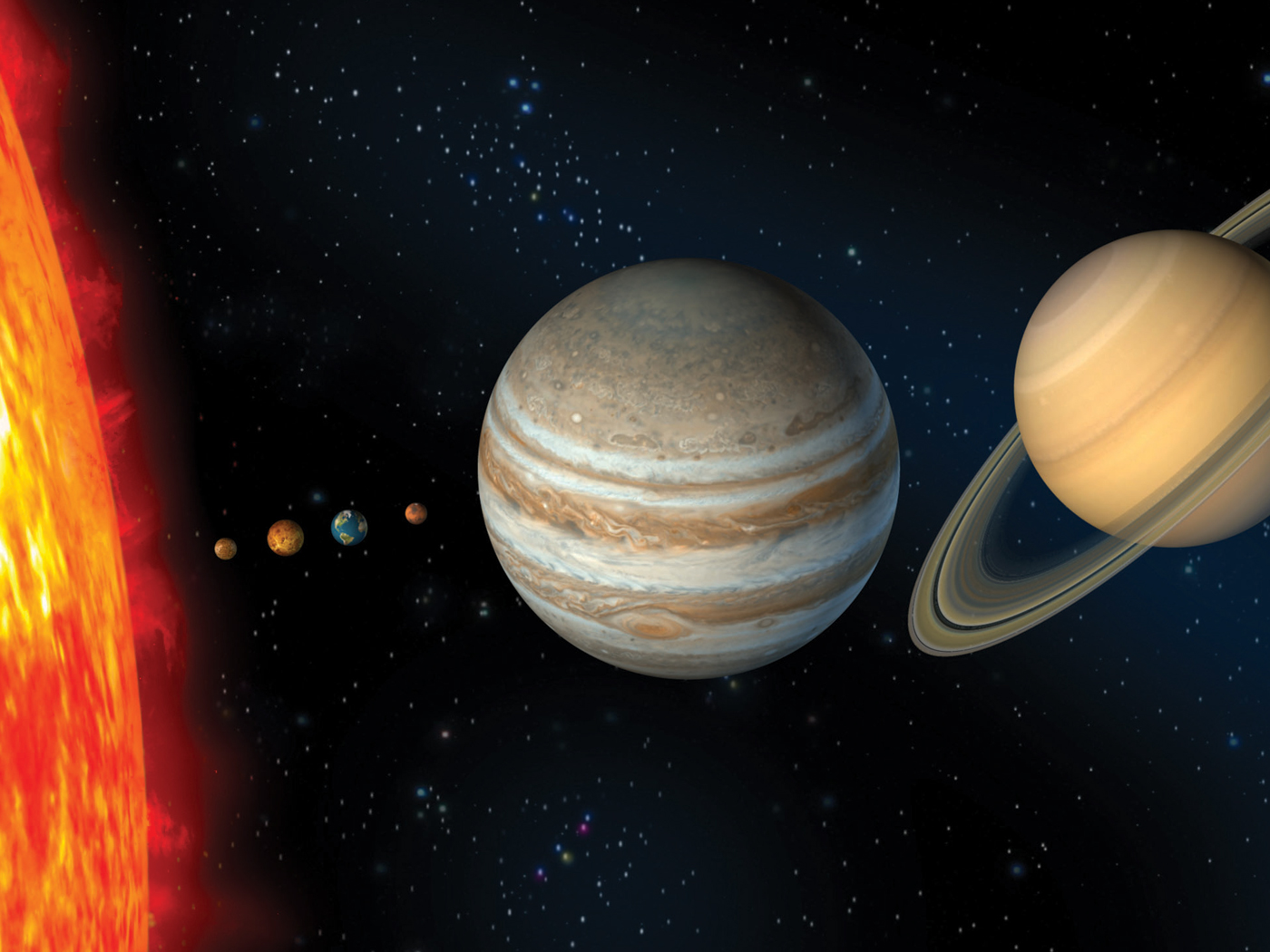It seems not a month goes by that more remarkable discoveries are made regarding the humble honey bee.
They have been found capable of basic math, of navigating using spatial memory, of counting, recognizing faces, improving upon what they are learning, playing soccer,1 and linking symbols to numbers. Will entomologists discover bees can also measure angles and perform mathematical calculations? Time will tell.
Currently, “researchers from the Department of Biological Sciences at Auburn University have discovered that honey bee colonies have surprising abilities to adapt and maintain their nest structure, even in the face of severe disruptions.”2
A recent issue of the Proceedings of the Royal Society B describes the research in detail:
Honeybees provide a uniquely suited system to study nest form and function throughout development because we can image the three-dimensional structure repeatedly and non-destructively. Here, we tracked nest-wide comb growth in six colonies over 45 days (control colonies) and found that colonies have a stereotypical process of development that maintains a spheroid nest shape.3
It should be noted that the amazing 3-dimensional structure of the honeycomb is composed of hexagonal prismatic wax cells containing stores of pollen, honey, and bee larvae. The individual cell begins as a circle (it has to begin with some geometric shape). The symmetrical hexagonal form it becomes reflects the Creator’s plan and design.
A honeybee comb is the most studied natural cellular structure. The rounded hexagonal shape of its cells has intrigued natural philosophers for several centuries, who proffered many esoteric explanations some of which would need the bees to have an uncanny ability to perform mathematical calculations or the magical quality to measure lengths and angles. A succinct historical account can be found in the paper of Pirk et al, where they also give an overview of the many attempts to explain the mechanisms by which the bees construct the hexagonal cells of the comb. It is unlikely that such esoteric and even bizarre speculations would have been necessary had it been known that the fresh honeycomb cell begins its life as a circle but quickly takes on the familiar rounded hexagonal form…4
Karihaloo et al. scoffs at the idea that bees can “perform mathematical calculations” or “measure lengths and angles” but continuing research is showing that this certainly seems to be the case.5
Indeed, as previously mentioned, investigation by Marting et al. shows that honeybees can manipulate their nest architecture, suggesting such construction “is more flexible than previously thought, and that superorganisms [a group of bees interacting] have mechanisms to compensate for drastic architectural perturbations and maintain colony function.”3
Marting stated,
"We were all surprised that the shuffled colonies performed as well as they did...We expected some shuffled colonies wouldn't even survive the summer. The bees' resilience led us to take a closer look at how and where exactly workers were adding new comb to shape their nests and ultimately led us to develop the predictive comb growth models."2
Such “insights into collective intelligence and resilience in complex systems” is the antithesis of random evolutionary events. One may ask if such adaptation and resiliency of the honeybee nest is the result of chance and time—or of purpose and plan?
Honey bees seem to continuously track the internal architecture of the combs and modify the system according to the needs of the hive. Could this process exhibit a colony-wide adaptation as also reflected within individual organisms that were endowed with innate adaptations by their Creator? One body (hive), many parts (honey bees)!
References
- Watson, T. Bees Learn Soccer from Their Buddies. Scientific American. Posted on scientificamerican.com February 23, 2017, accessed June 10, 2023.
- Science Writer. Study reveals honey bee nest structure is surprisingly adaptive, resilient. Phys.org. Posted on phys.org June 6, 2023, accessed June 11, 2023.
- Marting, P. et al. 2023. Manipulating nest architecture reveals three-dimensional building strategies and colony resilience in honeybees. Proceedings of the Royal Society B. V 290, Issue 1998.
- Karihaloo, B. et al. 2013. Honeybee combs: how the circular cells transform into rounded hexagons. Journal of the Royal Society Interface. V 10, Issue 86.
- Sherwin, F. Bee Brains Aren’t Pea Brains. Creation Science Update. Posted on ICR.org July 11, 2019, accessed June 10, 2023.
* Dr. Sherwin is science news writer at the Institute for Creation Research. He earned an M.A. in zoology from the University of Northern Colorado and received an Honorary Doctorate of Science from Pensacola Christian College.











